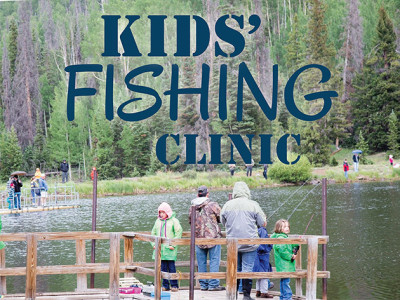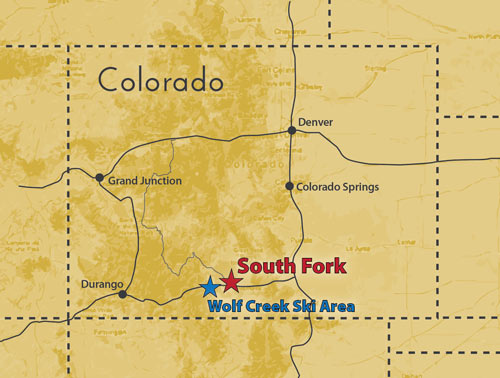South Fork provides visitors with abundant all-season activities from hunting and fishing to skiing, golf, horseback riding and wildlife viewing. Surrounded by nearly 2 million acres of national forest, limitless historical, cultural and recreational activities await visitors. Breathtaking scenery and family-oriented adventure will captivate and draw you back, year after year.






Denver 4½ hrs • Grand Junction 4½ hrs
Colorado Springs 3½ hrs • Pueblo 3hrs

©2024 South Fork Visitor Center. All Rights Reserved. Reproduction of photos, logos or copy is prohibited without the expressed written permission of South Fork Visitor Center & B4 Studio. Built by B4 Studio, LLC • Sitemap • Cookies, Terms & Conditions of Use, and Privacy Policy
South Fork Visitor Center
28 Silverthread Lane
South Fork, Colorado 81154